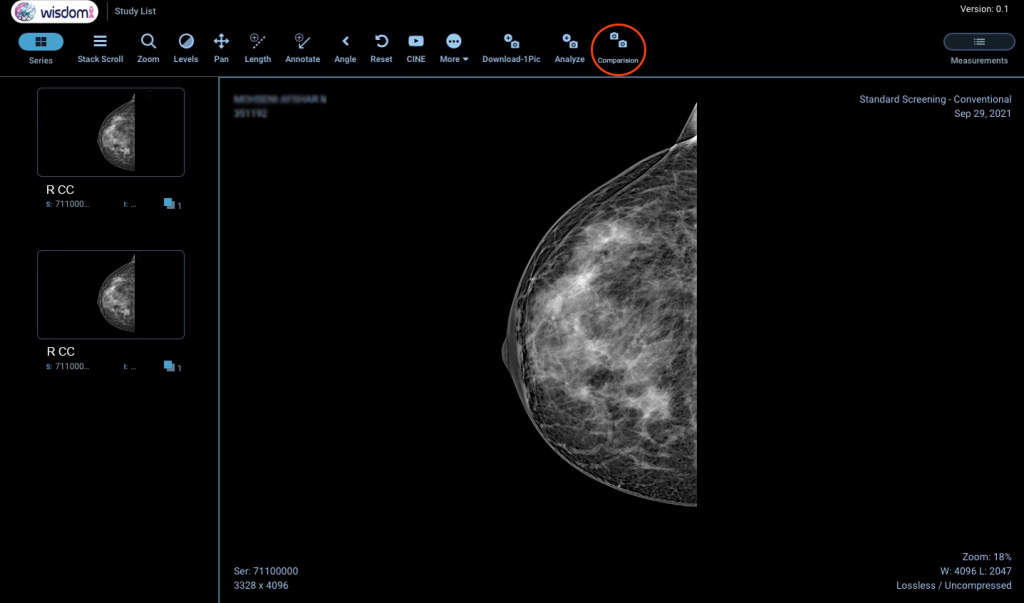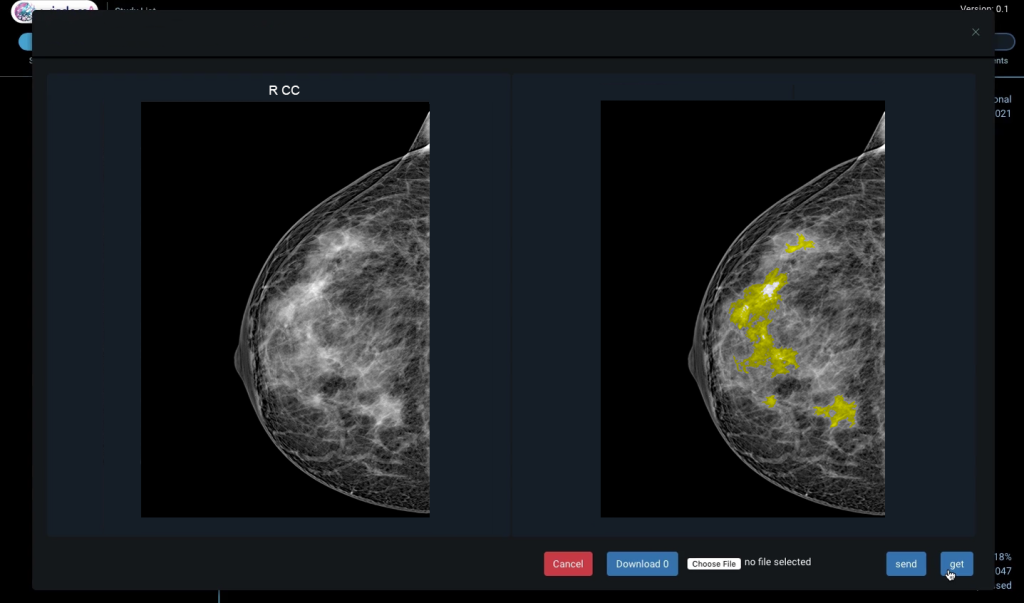An accepted practice among radiologists to detect anomalous structures or architectural deformation in mammography images is comparing images of the same patient.
There exist three ways of comparison:
Temporal: comparing mammography images for the same breast at different screening examinations.
Contralateral: comparing the mammography images of left and right breasts.
Ipsilateral: comparing the craniocaudal (CC) and mediolateral oblique (MLO) views of the same breast.



